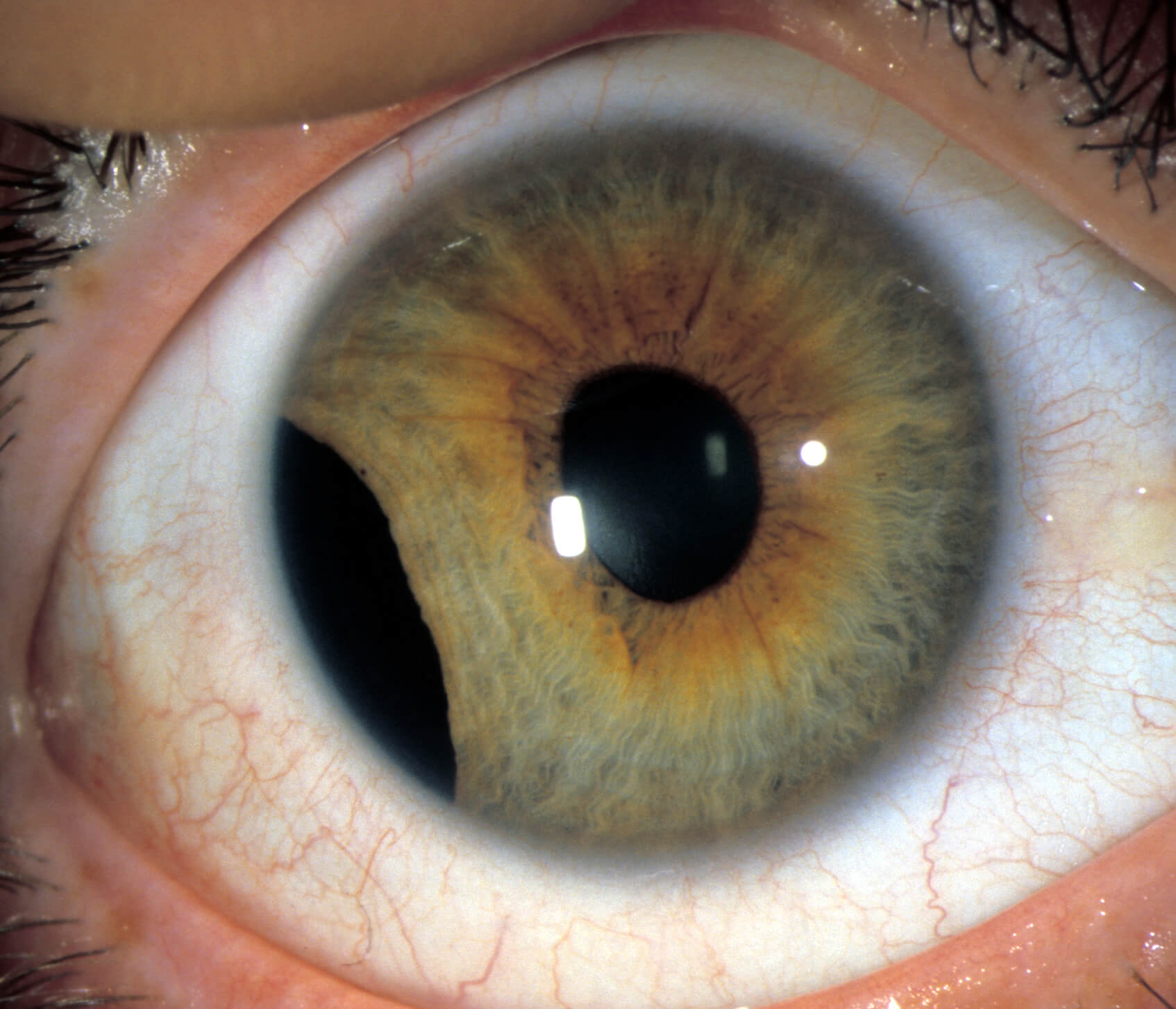All Departments
- Adult Strabismus
- Are you a LASIK Candidate
- Astigmatism
- Cataracts
- Corneal Conditions
- Cosmetic Eye Surgery
- Diabetic Eye Conditions
- Dry Eye
- Ectropion
- Exceptional Glaucoma Care
- Eye Floaters & Flashes
- Eyelid Conditions
- FEMTO Lasik for Removal of Glasses
- Glaucoma
- Iris Repair
- Keratoconus
- Macular Degeneration
- Ptosis
- Refractive Surgery
- Retinal Detachment
- State-of-the Art Cataract Surgery
- Vitrectomy
- Watery Eye
Emergency Cases
03328730300
Iris Repair
Sometimes, the iris (the colored part of the eye that forms the pupil) may be damaged, as can occur with trauma or previous surgery. In some cases, patients are born with defects in their iris, and other inherited conditions may even involve absence of the iris. In these types of cases, the surgeon may offer a form of iris surgery to the patient.
Symptoms of iris conditions are usually secondary to the amount of light that enters the eye, and patients typically report light sensitivity (photophobia) due to excessive light exposure. Patients may also be concerned about the appearance of their eye, and wish for repair for aesthetic reasons. Iris surgeries come in the form of iris repair (iridopathy) or an iris prosthesis.
Iris repair often involves the use of sutures inside the eye to reshape the iris to its original shape, re-creating a round pupil. Sometimes the surgeon may cut some of the existing iris to help improve the appearance.
If the iris is so badly damaged that it cannot be repaired, an iris prosthesis can be used. Iris prosthetics involves inserting a custom made artificial iris that is carefully matched to the color of the other eye. This artificial iris can be sutured to the wall of the eye (sclera) in front of the “bag” that holds the lens, a region called the sulcus. Alternatively, the artificial iris can be placed inside the “bag” in a combined procedure with cataract surgery (see “Cataract Surgery”).
Risks of iris surgeries include excessive inflammation, bleeding, corneal swelling, and glaucoma.

